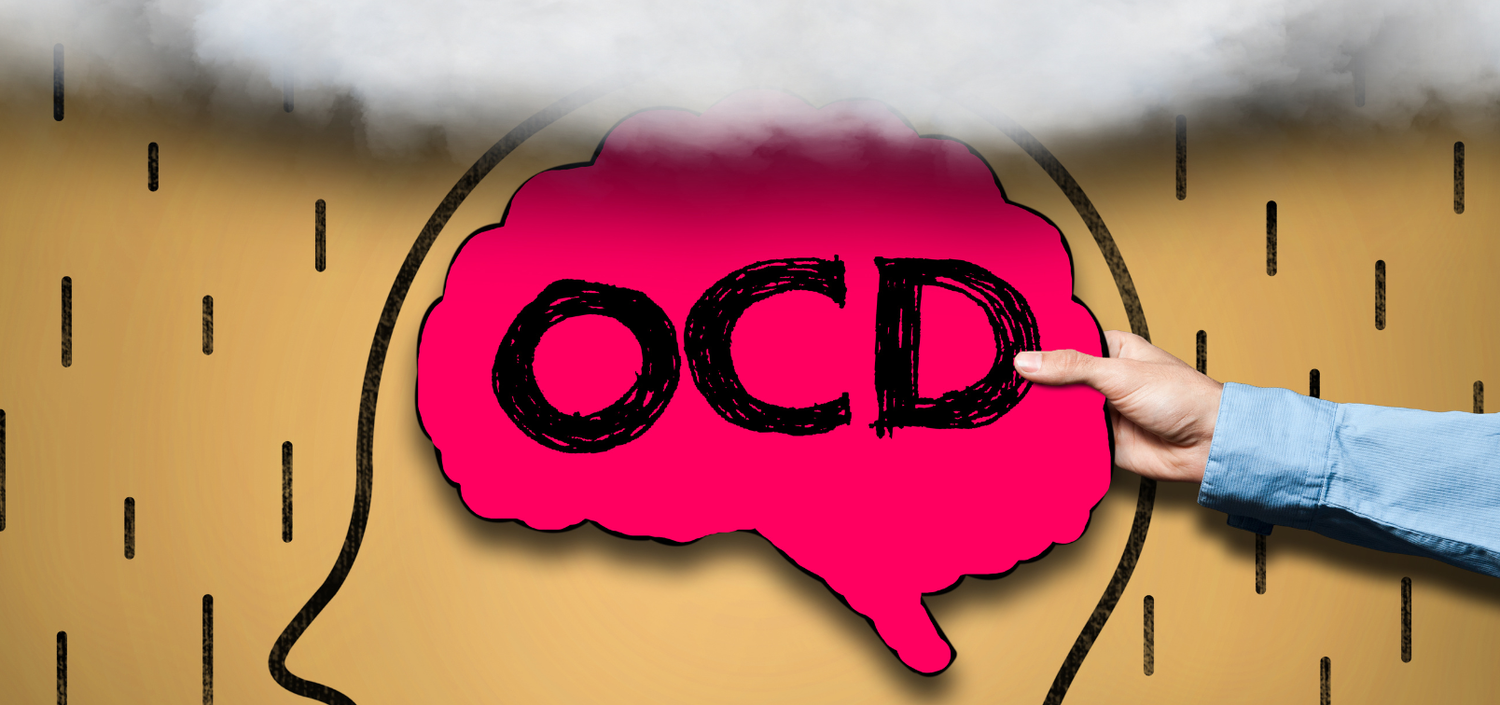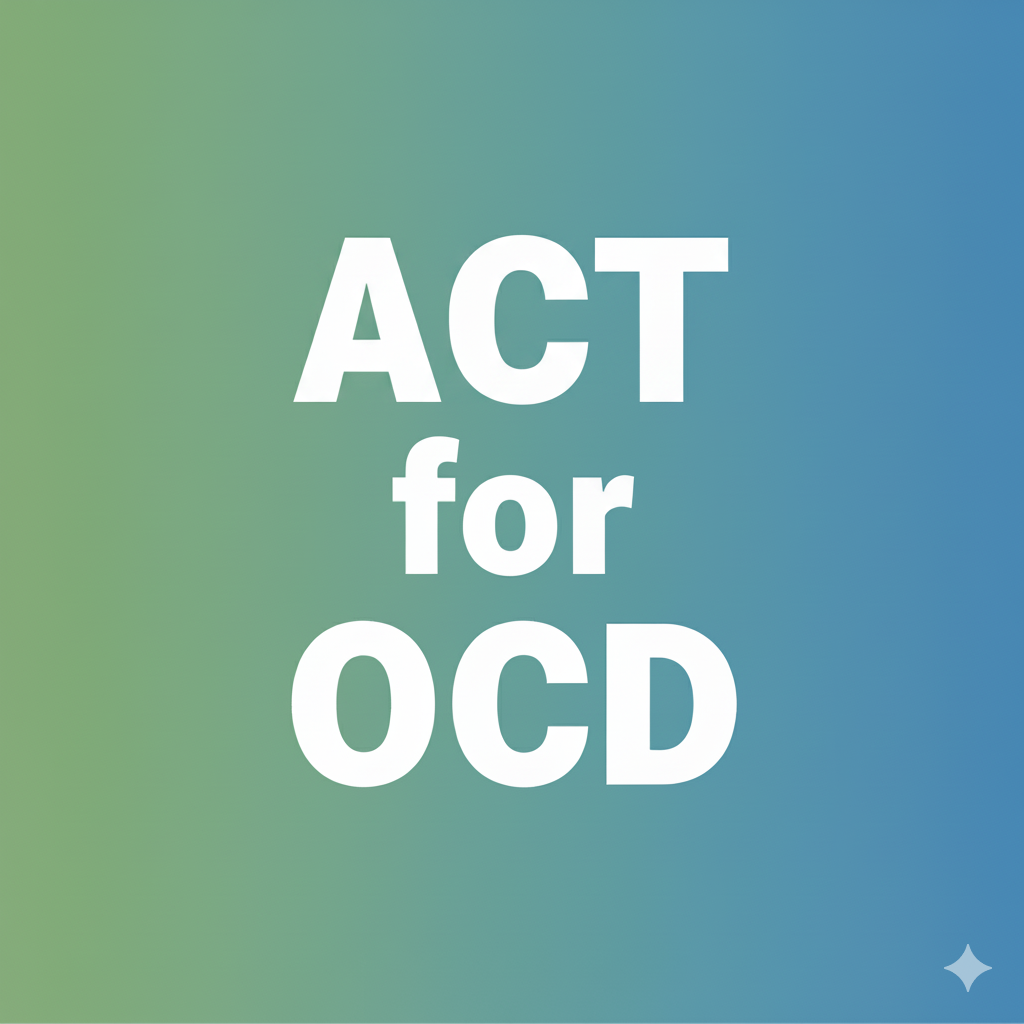What Is ERP for OCD ? A Practical Guide
Quick Summary
Exposure and Response Prevention (ERP) is a structured form of cognitive-behavioral therapy designed specifically for obsessive-compulsive disorder (OCD). In ERP, you face triggers (exposure) while refraining from rituals (response prevention). By doing this repeatedly and safely, your brain learns that anxiety fades on its own and that compulsions aren’t necessary.
What exactly is ERP?
ERP is a step-by-step therapy that helps you unlearn the OCD cycle. OCD runs on a loop:
- Trigger/Intrusive thought →
- Anxiety/urge →
- Compulsion (overt or mental) →
- Short-term relief →
- More doubt later
ERP breaks this loop by practicing two core skills at the same time:
- Exposure: Purposefully approaching a feared situation, image, thought, or feeling.
- Response Prevention: Choosing not to perform the ritual or safety behavior that usually follows.
Over time, your nervous system recalibrates: the same triggers feel less urgent; the urge to ritualize weakens; daily life opens back up.
What ERP is not
- It’s not “throwing you in the deep end.” ERP is graded: we start with easier tasks and work up.
- It’s not reassurance-based talk therapy. Insight helps, but behavior change drives the healing.
- It’s not about proving danger is impossible. It’s about tolerating uncertainty and choosing your values anyway.
What does an ERP session look like ?
1) Assessment & map. We identify obsessions, compulsions (including mental ones), triggers, and your values.
2) Exposure hierarchy. Together we build a ranked list (0–10) of challenges—from “easy” to “hard.”
3) Live practice. In session, we approach a chosen trigger and
drop the ritual. You watch the anxiety rise, peak, and fall.
4) Between-session reps. You repeat the same exposure at home, with clear steps and guardrails.
5) Review & adjust. We track progress, troubleshoot mental rituals, and climb the hierarchy at your pace.
Example (Checking OCD):
- Easy: Leave the house after locking the door once, wait 5 minutes before re-checking.
- Medium: Leave after locking once, no photos, drive around the block.
- Hard: Lock once and go straight to work, no reassurance texts, no returning.
Why does ERP work ?
- Habituation & inhibitory learning: when you face triggers without rituals, your brain updates: “This feels dangerous, but I survived; I don’t need the compulsion.”
- Uncertainty tolerance: you practice carrying “maybe/maybe not” without trying to erase doubt.
- Value-based action: instead of chasing perfect certainty, you invest time and energy in what actually matters.
ERP vs. “regular CBT”
CBT is a broad family of skills (thought reframing, behavioral experiments, etc.). ERP is a specialized CBT protocol built for OCD’s unique mechanics (intrusions + compulsions + uncertainty). Many people try general CBT and feel stuck; ERP targets the ritual loop directly.
Will I have to do the hardest thing first?
No. Good ERP is dose-controlled. We start where success is realistic (often SUDS 4–6 out of 10). You’ll challenge yourself, but you’ll also feel supported and in control, with clear yes/no rules around rituals.
What about mental compulsions?
Compulsions aren’t just visible behaviors. They can be internal:
- Reassuring yourself, reviewing memories, analyzing “what it means,” praying “just right,” counting, repeating.
ERP targets these too. We name them specifically and create no-mental-ritual rules for each exposure.
Common ERP myths—debunked
- “ERP is cruel.” It’s actually compassionate exposure, tailored to your pace. The aim is freedom, not suffering.
- “I must feel calm to succeed.” Success = no rituals during the exposure. Calm comes later.
- “If anxiety doesn’t drop, ERP failed.” Not true. The brain learns from non-reinforcement even when anxiety stays elevated in the moment.
Who benefits from ERP ?
ERP helps across OCD themes: contamination/washing, checking, “just right”/symmetry, harm/violent or sexual intrusions, scrupulosity, relationship (ROCD), and more. It can be adapted for teens and adults, in-person or online.
Who might need a modified approach?
- Severe depression, high suicide risk, acute substance withdrawal, or untreated psychosis may require stabilization first. Your therapist will screen and sequence care appropriately.
What progress typically looks like
- Weeks 1–2: Learning the model, building the hierarchy, first easy/medium exposures.
- Weeks 3–6: Reps add up; anxiety peaks fall faster; rituals shrink.
- Weeks 7–12: Generalization—gains show up across situations; you move independently.
Everyone’s timeline is different, but consistent practice is the strongest predictor of success.
Simple starter: build your first exposure
- Pick one trigger that feels challenging but doable (SUDS 4–6/10).
- Define “no rituals.” List both overt and mental compulsions you’ll drop.
- Set a timer (10–15 minutes).
- Do the exposure and allow discomfort.
- Afterward: Rate anxiety again and write one line: “I chose values over rituals.”
Example (Contamination OCD): Touch the garbage can; prepare a snack; no handwashing until the timer ends.
Parents & partners: how to help
- Reduce accommodation. Instead of answering reassurance questions or participating in rituals, validate feelings and redirect to the ERP plan.
- Use scripts. “I care about you, and I won’t do reassurance. Let’s look at your next step on the plan.”
Frequently asked questions
Is ERP safe?
Yes when properly delivered. It’s uncomfortable by design, but exposures are
planned, paced, and consented.
Do I have to tell my therapist every intrusive thought?
You don’t have to share graphic detail to get help. We need to understand the pattern (trigger → compulsion) so we can target it.
What if my OCD theme is taboo or embarrassing?
You’re not alone. ERP focuses on the process, not the content. Intrusions say nothing about your character.
Will medication help?
Many people combine ERP with an SSRI prescribed by a physician. ERP remains the
active skill that changes behavior and maintains gains.
Ready to try ERP ?
With guidance, ERP is learnable and effective. If you’re in Ontario (or online), I offer structured ERP with weekly sessions, clear home practice plans, and support for partners when useful.
Call to action options (pick one):
- Book a free 15-minute consult to see if ERP fits your goals.
- Download a free ERP Starter Worksheet (exposure hierarchy + “no mental rituals” checklist).
- Email me your top trigger, and I’ll send back a one-page first-exposure plan.


